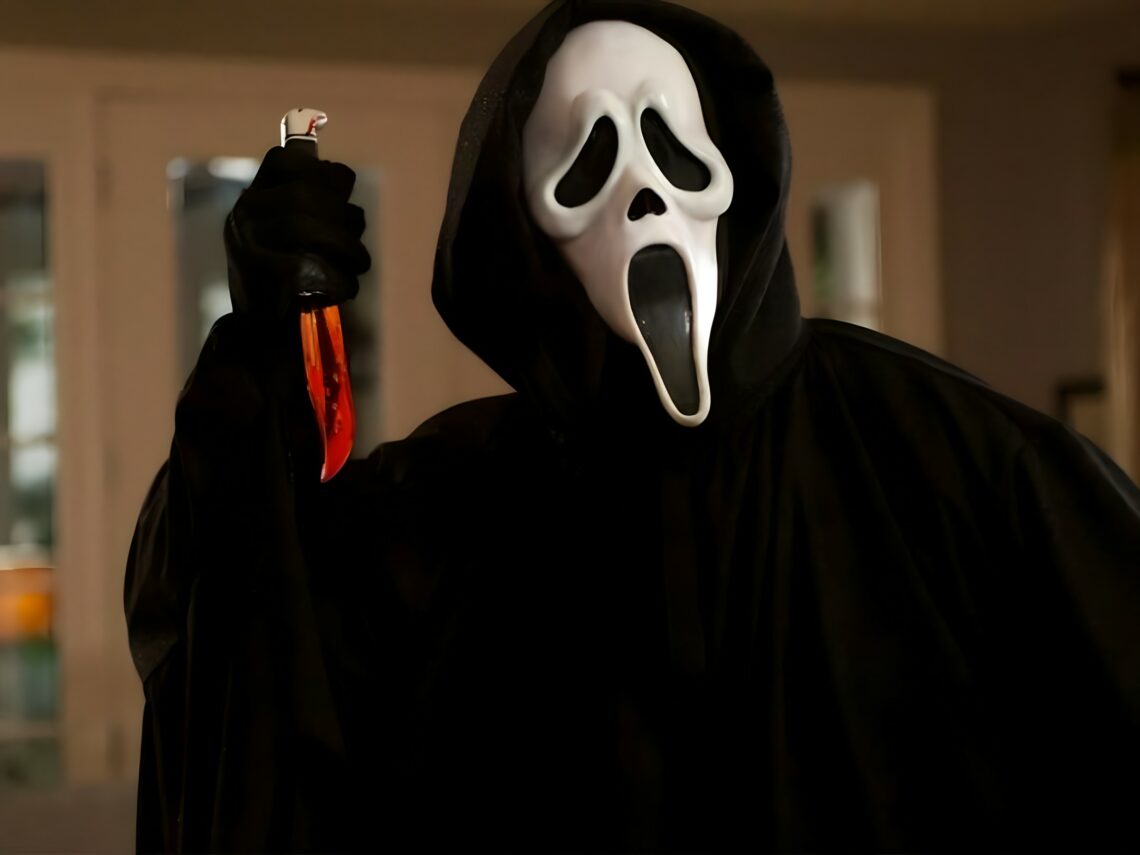
‘Scream VI’ explained: Who are the movie’s five Ghostface killers?
Netflix has dropped the latest instalment of the Scream franchise to the delight of horror-fan subscribers, a year on from reviving popular interest in Wes Craven’s original slasher movie on the platform . And Scream VI is reaping similar rewards for splattering blood and guts across the small screens in our living rooms.
The film doesn’t mess about. Within 12 minutes, it’s already disposed of two of its victims at the hands of multiple Ghostface killers. The first of these killers is revealed to us immediately as Jason Carvey, a student at the fictional Blackmore University in New York city, where the rest of the film will be set. Carvey is an avid slasher fan who plans to murder Sam Carpenter, the protagonist of the 2022 version of Scream, and her sister Tara, who has travelled from Woodsboro California to study at Blackmore.
His aim is to make a movie out of the killings, akin to Woodsboro Ghostface Richie Kirsch from the previous film. But another Ghostface gets to Carvey first, stabbing him to death in his kitchen. “But we have to finish the movie,” he pleads, as blood pours from his mouth. “Who gives a fuck about movies?” the Ghostface replies, in the first direct wink at the camera of the picture.
Yet the early reveal of Carvey as both killer – of his Blackmore professor Laura Crane – and victim is designed to throw us off the scent. It has little to do with the rest of Scream VI. Instead, the main unmasking takes place during a 20-minute sequence at the film’s climax, in a cinema filled with artifacts from other instalments of Scream. Including numerous versions of the saga’s now legendary mask.
So, who’s the new Ghostface?
Sam and Tara get dragged into the hunt for a new Ghostface who’s been on a killing spree involving several people they know. In fact, Sam herself is apparently considered a suspect by NYPD detective Wayne Bailey.
Yet when she, Tara and her boyfriend Chad are ambushed in the cinema by a knife-wielding Ghostface, they’re led to believe that FBI agent Kirby Reed, played by Hayden Panettiere, is behind the mask. Reed is the one who’s brought them to the location, and essentially locked them in, creating a “kill box”.
Bailey soon corrects their assumption, though, by shooting Reed in front of them and revealing that he is behind the recent Ghostface killings. Alongside the two masked slashers now standing alongside him, who turn out to be Chad’s roommate Ethan and Quinn, the flatmate of Sam and Tara. The two of them are actually brother and sister, and the surviving children of Bailey. They chose their respective lodgings in a deliberate attempt to get close to the Carpenter sisters.
The three killers reveal they’re Richie Kirsch’s family who’ve come to take revenge on Sam and Tara. “You killed our brother!” Quinn screams at Sam, who was responsible for Kirsch’s demise in Scream. This sequence satirises toxic masculinity and incel culture. It also exposes the film’s subplot of conspiracy theorists implicating Sam in the Woodsboro murders as a deliberate attempt by the Baileys to “assassinate” her character, in a reference to real-world phenomenon of social media pile-ons.
Sam and Tara have the last laugh, though, with the younger sister fatally stabbing jealous incel Ethan in the mouth in a vengeful act of retribution for his vicious attack on Chad. Sam then shoots Quinn in the head. And she becomes the fifth killer in the movie to don the Ghostface mask, raising the spectre of her father, the original Ghostface Billy Loomis, to slash Bailey to death.
Tara is horrified to see her own sister as Ghostface, reviving their family’s murderous past. Suddenly, the Carpenters appear to be a mirror image of the Bailey family, as the film deliberately plays around with the “good vs evil” narrative it’s set up.
It’s not just bloodlust that turns you into a merciless killer, the Scream franchise tells us. Family ties, bad grades, and even just a passion for slasher movies themselves can be enough to push you over the edge. They’re just being satirical, though, aren’t they?